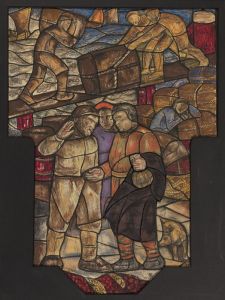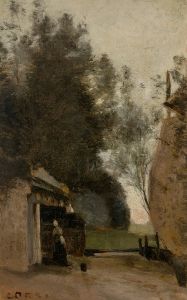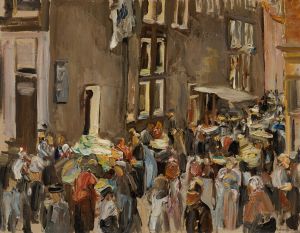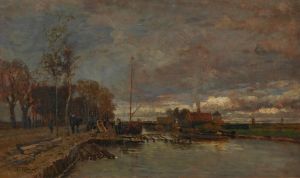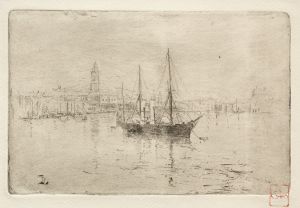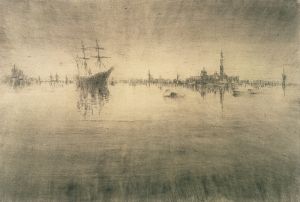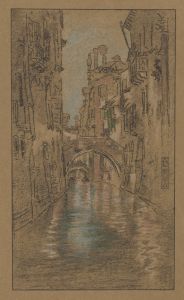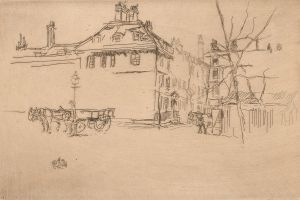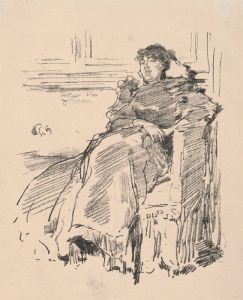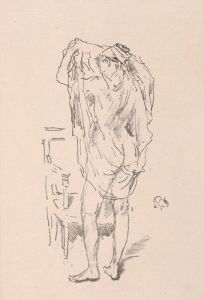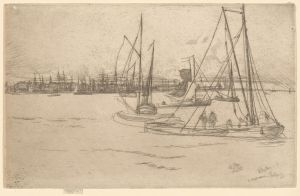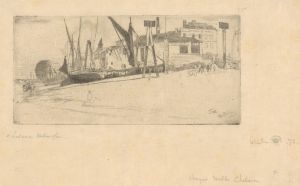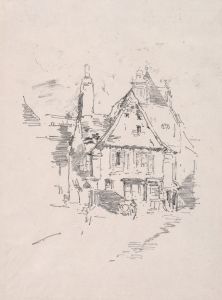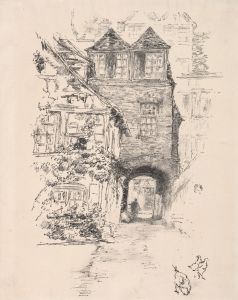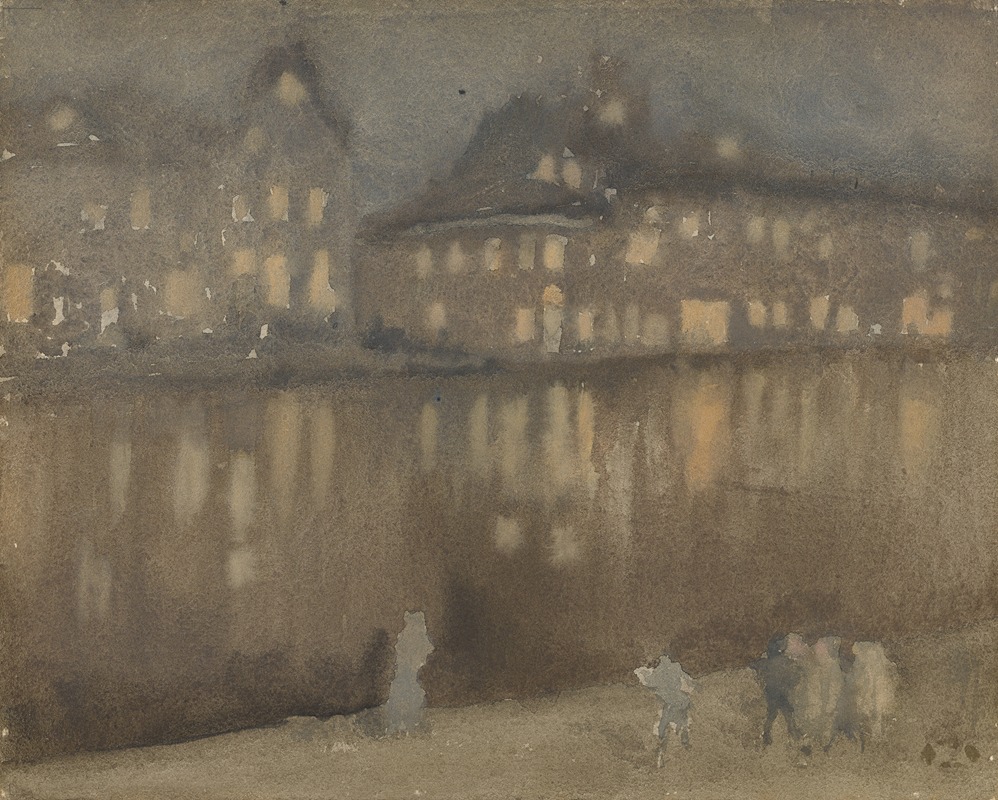
Grand Canal, Amsterdam: Nocturne
A hand-painted replica of James Abbott McNeill Whistler’s masterpiece Grand Canal, Amsterdam: Nocturne, meticulously crafted by professional artists to capture the true essence of the original. Each piece is created with museum-quality canvas and rare mineral pigments, carefully painted by experienced artists with delicate brushstrokes and rich, layered colors to perfectly recreate the texture of the original artwork. Unlike machine-printed reproductions, this hand-painted version brings the painting to life, infused with the artist’s emotions and skill in every stroke. Whether for personal collection or home decoration, it instantly elevates the artistic atmosphere of any space.
James Abbott McNeill Whistler's "Grand Canal, Amsterdam: Nocturne" is a painting that exemplifies the artist's innovative approach to capturing the essence of a scene through mood and atmosphere rather than detailed representation. Whistler, an American-born artist who spent much of his career in Europe, is renowned for his contributions to the Aesthetic Movement and his development of the "nocturne" style, which emphasizes subtle tonal variations and a harmonious balance of color.
The painting is part of Whistler's series of nocturnes, which are characterized by their exploration of night scenes and the effects of light and shadow. These works often depict urban landscapes, rivers, and harbors under the veil of twilight or darkness, capturing the quietude and mystery of the night. Whistler's nocturnes are noted for their limited color palettes and soft, blurred forms, which create a dreamlike quality and invite viewers to experience the mood of the scene rather than focus on specific details.
"Grand Canal, Amsterdam: Nocturne" is believed to have been created during Whistler's travels in Europe, where he was inspired by the picturesque canals and architecture of cities like Amsterdam. The painting likely depicts the Grand Canal, one of Amsterdam's most famous waterways, known for its historic buildings and vibrant reflections. Whistler's treatment of the scene would have emphasized the interplay of light on the water and the silhouettes of the surrounding structures, rendered in a palette of muted tones.
Whistler's approach to painting was heavily influenced by his belief in "art for art's sake," a philosophy that prioritized aesthetic beauty over narrative content. This is evident in his nocturnes, where the focus is on creating a harmonious composition that evokes an emotional response. His technique often involved thin layers of paint and a careful blending of colors to achieve the desired atmospheric effect.
The nocturnes were not only a significant part of Whistler's artistic output but also played a role in the broader art movements of the time. They contributed to the development of tonalism and influenced other artists who sought to capture the ephemeral qualities of light and atmosphere. Whistler's work, including "Grand Canal, Amsterdam: Nocturne," has been celebrated for its innovative approach and its ability to convey the beauty and tranquility of the night.
While specific details about the painting's creation and history may be limited, Whistler's nocturnes remain an important part of his legacy. They reflect his mastery of color and composition and his ability to transform everyday scenes into poetic expressions of mood and atmosphere. "Grand Canal, Amsterdam: Nocturne" is a testament to Whistler's skill in capturing the subtle beauty of the night and his enduring influence on the art world.





